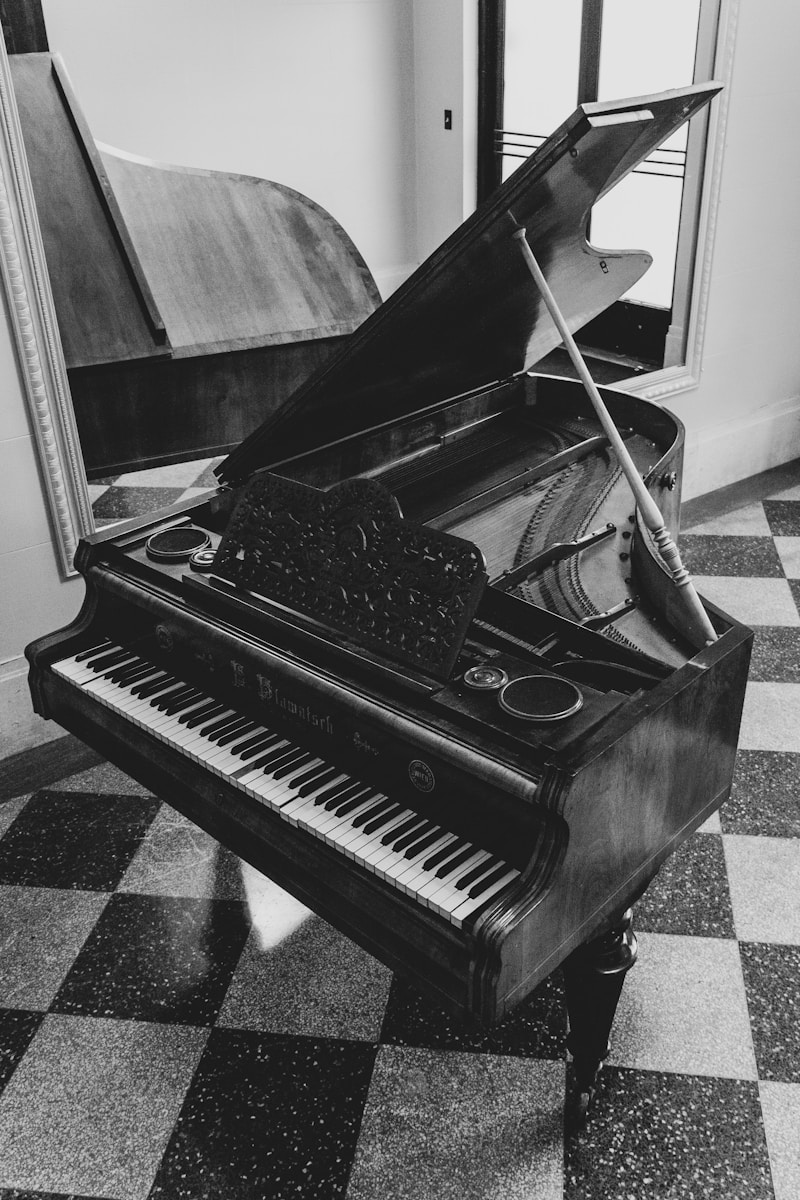Introduction
Throughout time, sound has played a vital part in our lives. Even in the early years of human existence, we used stomping and yelling to display dominance or to attract a mate. Birds chirping in specific patterns to communicate with other birds is another example of the usage of sound. Without sound, our only means of communication would be through sight, taste, or smell, which is far less efficient and more time consuming.
Throughout human evolution, people have been improving things. From the lightbulb to the television, and even something as simple as the wheel, humans are always seeking newer and better technologies. So it makes sense that something as important as sound would be improved overtime. Even though it may not seem obvious, music is an improvement of sound, and has been refined throughout centuries.
There are many different features of music, one of which is the instruments. Every instrument belongs to a family, and each family has subcategories. One family of instruments in the percussion family, which includes instruments like the snare drum, bongos, vibraphone, piano, and many more
Piano
The piano is an instrument with over one hundred keys that can be pressed to play different notes. It has three pedals on the bottom to control the sound it makes, and depending on how hard you press the keys, you can create different dynamics. Many different songs and rhythms can be played on the piano, like “Happy Birthday”, “Somewhere Over the Rainbow”, and any other song you desire.
A common misconception is that the piano is a strings instrument because of the hundreds of strings inside it. While the piano does indeed contain strings, the sound of the piano is made through a mallet hitting the string. The striking motion of the mallet classifies it as a percussion instrument.
The first mentions of a piano like instrument was in Europe during the middle ages. But it is not until Bartolomeo Cristofori invented his gravecembalo col piano e forte (later shortened to piano), meaning “harpsichord with soft and loud” in 1709 when the piano first fully began its journey to the modern piano we know today.
Marimba
The marimba, a form of the xylophone, is an African instrument that is traditionally made out of wood with gourds attached to the bottom to create a more full sound. According to stories passed down by each generation, the marimba was originally made by digging a hole and placing wooden blocks over it. The hole would amplify the sound made when the wood was hit, and by shaving the wood, you could create different notes. It is not known exactly when the marimba was first created as there are no written records, but it was brought to Latin America, and eventually America where the marimba with metal resonators was born.
Unlike xylophones, marimbas require either a rubber or a felt mallet to be used when striking the instrument. Due to the fragileness of the wood, using metal or wooden mallets can cause the note to chip, distorting the sound the marimba makes. The way you hit the note can also change the sound, causing it to be muted when hit near the bottom.
Bongo
Another African instrument, the Bongo, not to be confused with the Conga, is really two small hand drums combined with each other. Bongos are small in size, ranging anywhere from six to nine inches in diameter. Traditionally, bongos are to be played with the palm of your hand, held between your knees. In the twentieth century however, musicians created stands for the bongos, as well as special bongo mallets for faster note playing.
The head of the bongo was traditionally made through a rigorous process of cutting, drying, stretching, sewing, and tightening cow or bull skin. Now the head can be made with synthetic materials and mass produced in factories. Bongos are used for many things now, whether it be or performing ceremonial rites, or playing in percussion ensembles. The unique sound it produces is widely popular in the Americas, but it has been played all around the world.
Related Articles:
https://www.congachops.com/blog-articles/2021/1/6/a-brief-history-of-the-bongos
https://soundadventurer.com/bongo-conga-djem%20be-faq/
https://drummagazine.com/history-of-the-snare-drum/
https://www.britannica.com/art/marimba
https://www.yamaha.com/en/musical_instrument_guide/marimba/structure/
Take Action:
https://virtualpiano.net/virtual-music-instruments/ – Visit this website to play virtual percussion instruments!






